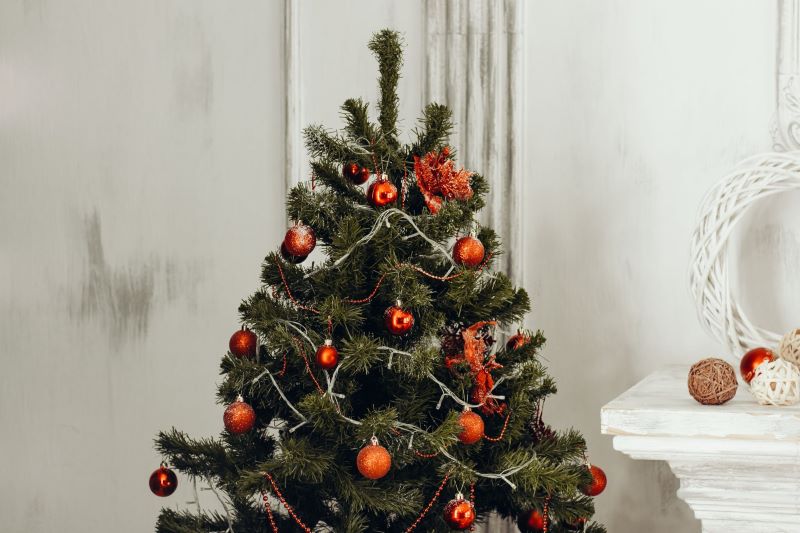From Ancient Rituals to Modern-Day Tradition: The Evolution of the Yule Log
When we think of Christmas, one of the first images that come to mind is a roaring fire with a Yule Log burning bright. The Yule Log has become an undeniable part of Christmas celebrations, but how did this tradition originate, and how has it evolved over the years?
The origins of the Yule Log can be traced back to ancient European pagan customs. During the winter solstice, people would gather together to celebrate the return of the sun and the lengthening of the days. It was during this time that a large log, usually from an oak tree, was brought into the house and burned in the fireplace. The log was believed to bring good luck, prosperity, and protection to the household for the coming year.
As Christianity began to spread throughout Europe, the Yule Log became a symbol of the birth of Jesus Christ. The log was associated with the “Light of the World” and the warmth and comfort it brought to people during the long, dark winter months. Over time, the tradition of the Yule Log evolved to include Christian imagery, such as a cross carved into the log or greenery placed around the fire to represent the thorns of the crown of thorns.
In the 19th century, the Yule Log became more closely associated with Christmas and its traditions. In England, the Yule Log was often a large cake or sweet bread, baked in the shape of a log and decorated with icing and sugar paste to resemble bark. In France, a log-shaped cake called the “buche de Noel” became popular, often filled with cream and decorated with chocolate shavings to resemble bark.
Finding Comfort in the Flames: The Symbolism Behind the Yule Log
In the United States, the Yule Log took on a different meaning. Here, it became a popular Christmas Eve tradition to light a large log in the fireplace and let it burn throughout the night. Children would leave their stockings near the fire, and it was believed that Santa Claus would come down the chimney and fill them with presents. The log was also believed to ward off evil spirits and protect the home during the holiday season.
Today, the Yule Log has become an essential part of holiday celebrations all over the world. From television networks broadcasting a video of a Yule Log burning on Christmas Eve, to people gathering around the fire to exchange gifts and sing carols, the Yule Log remains a symbol of warmth, light, and good luck during the holiday season.
But why has the Yule Log remained such an enduring symbol of Christmas? Perhaps it is because, at its core, the Yule Log embodies the very essence of the season – warmth, generosity, and joy. In a world that can sometimes seem cold and dark, the Yule Log reminds us of the light and hope that shines within all of us, and the love and kindness we can share with others during the holiday season.
As we gather with our loved ones this Christmas, let us remember the tradition of the Yule Log and what it represents. Let us light the fire of warmth and generosity in our hearts, and share its light with those around us. And let us always keep the flame of hope and joy burning bright, not just during the holiday season, but throughout the year.

